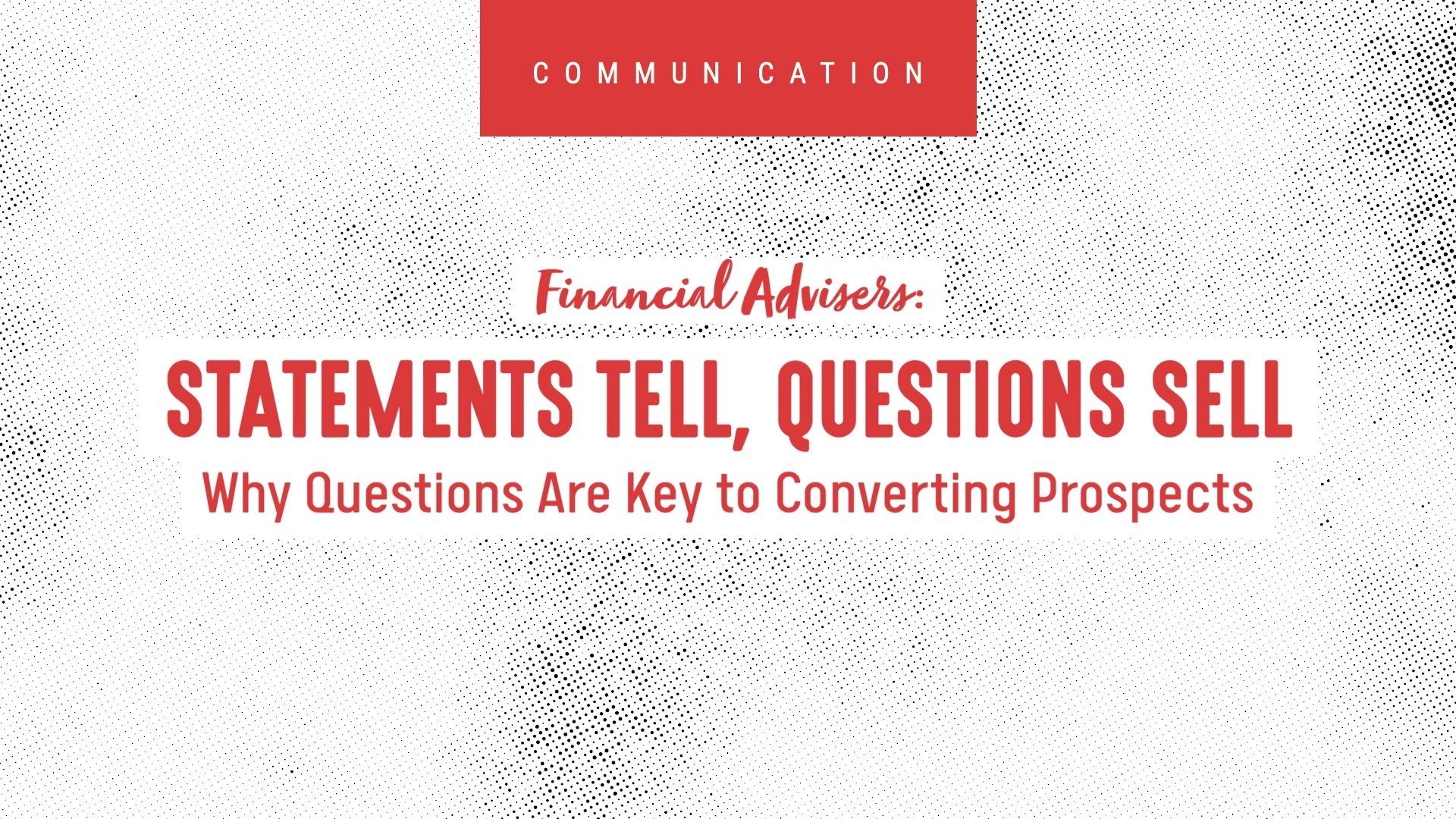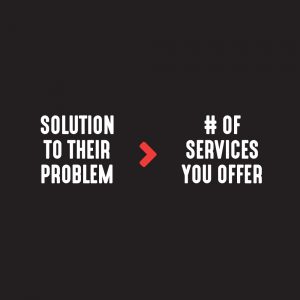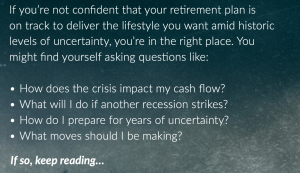Why Questions Are Key to Converting Prospects

When you finally get a prospect on the phone for a sales call, it’s easy to think your primary job is to explain the benefits of your financial services right off the bat. And because of that, you spend most of the conversation explaining why you’re the best financial adviser for your prospect’s needs.
These assumptions actually hurt your credibility. They signal that you don’t understand your prospect’s issues and might not be a fitting solution. Instead, ask open-ended questions and listen. This is the best way to demonstrate that you care about your prospect’s unique situation and will think critically about a solution.
Prospects don’t choose financial advisers because of the number of services they offer; they choose advisers based on who has that one solution to their specific problem. Asking your prospects multiple questions will allow them to identify their problems using their own words. It will also help you grasp the full extent of their problems and offer a bespoke solution to establish yourself as the only logical choice.

Questions Help You Figure Out What Your Prospects Actually Need
Many people think that immediately providing an answer makes them look smart and capable, but 69% of buyers actually want you to listen more. Assuming what your prospects’ problems are leads to introducing solutions that they don’t really care about. Your prospects don’t care about all the amazing services you’re so eager to tell them about; they want you to listen to them and tell them how you plan to solve their problem.

When you do talk more and listen less, you hurt your credibility and establish that you don’t know your prospects’ problems and can’t be the solution they’re looking for.
4 Steps to Coax the Problem Out of Your Prospects
Chris Do, founder of The Futur and expert salesperson, said, “Don’t cut off the client. Don’t assume. Experts do not assume. Closing small jobs, closing big jobs—It just takes time. So slow it down.” Instead of spit-firing solutions without a target, here are four things you can do to get all your sales calls back on track:

1. Start with a Real Dialogue
Talk to your prospects like you would a friend. Start your conversation by asking about their day, sharing a personal story, or getting them to share stories with you. Don’t jump into selling right from the start.
Starting with a real dialogue creates a more relaxed and welcoming environment that encourages prospects to answer questions and share their financial situation and needs with you.
2. Ask Open-Ended Questions
Asking open-ended questions forces your prospects to elaborate. Some examples of open-ended questions you can ask are:
- If you’ve had experience working with a financial adviser, what was that experience like?
- What are your financial goals? Why do you think you need help?
- What is your ideal financial state?
- What are your hobbies and interests outside of work?
- What keeps you up at night?

All of the questions above will paint a picture of your prospect’s aspirations, their perceived vs. actual needs, and how they think you can help.
If you want to make your questions even more effective, learn how to create curiosity loops by continuing to ask questions that build on one another, forcing your prospects to clearly articulate their problems. For example, we created curiosity loops in our Retiring in Uncertain Times campaign by asking questions that establish the importance of retirement planning and point back to the financial adviser as the ultimate resource for retirement needs.

3. Show Your Prospects That You’re Listening
Let your prospects know that their answers are valuable by summarizing what they said before moving on to your next question.
For example, if your prospect answers the first question in the list above by saying, “I loved working with my last financial adviser, but they didn’t communicate enough,” then you can answer with, “It seems like you’re looking for an adviser who communicates more frequently and clearly—what communication methods do you prefer?”
This paraphrasing strategy becomes more important in virtual interactions, where it’s more difficult to demonstrate active listening.
4. Be Conversational
Blair Enns, founder of Win Without Pitching, said in an interview, “[Salespeople] are good at expressing our points, [but] the moment the conversation is about sales, we somehow lose our sh*t and we feel all of this pressure to say exactly the right thing, to be the slick, polished person.”
Your prospect doesn’t care about how eloquent you are. They care more about how comfortable they are talking with you, how much you know about their needs, and how much effort you put into identifying their problem and presenting the right solution for it.
Throughout the conversation, talk to your prospects like you talk to your friends (yes, we’ve said this before, but we’re reiterating it because it’s important). Don’t worry about making mistakes—that’s how you get in your own head and end up saying nothing valuable at all. Just act naturally and create an environment that encourages your prospects to talk more.
Questions Help You Reframe the Problem and Match It to a Solution
Asking questions and listening to your client doesn’t just ensure they feel heard. It’s the best way for you to understand which of your services to eventually pitch and how to pitch them.
For example, if your prospect tells you that they want a financial adviser to help them start investing in the stock market, you don’t actually understand what problem to solve yet. Perhaps they want to learn how to invest themselves. If that’s the case, you can say,Yes, I can teach you how to invest, but first let me make sure it’s what you actually want to do. What sparked your interest in wanting to invest your own money?”
Both statements offer the same broad service—investment management—but phrasing your solution to directly answer your prospect’s problem will help bring them to the conclusion that you’re the perfect adviser for their needs.
Close More Sales with Questions, Suggestions, and Automation
The three secrets to better marketing results and closing more sales are asking questions to pinpoint problems, suggesting solutions (as opposed to dictating like a know-it-all), and automating your marketing to make time for more important tasks.
Asking questions that dig deeper and arrive at a conclusion is an art. If you want to see great examples of what to do and what not to do, we suggest watching this video.
If you’re ready to put your marketing on autopilot, check out our automated growth program and spruce up your marketing by getting your Marketing Opportunity Score.

